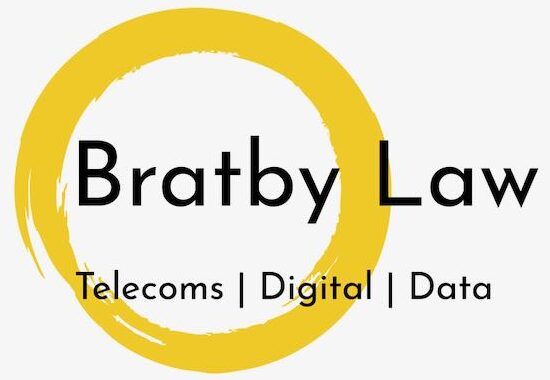Myanmar is currently largely a cash economy. In this post we consider the types of mobile banking and payments solutions we predict will first gain traction in the Myanmar market: remittance services and banking the unbanked.
Outside Myanmar, the way people bank and pay has been revolutionised: from the introduction of credit cards, telephone banking and mobile banking to the launch of PayPal and Bitcoin. The global growth of e-commerce has been accompanied by an increasing demand for online and mobile payments systems.
It is possible to imagine places where the use of cash might disappear entirely in the future.Whilst the rest of the world has still not fully exploited the benefits of mobile banking and payments, Myanmar has yet to start.

Mobile banking and payment solutions
What do we mean by mobile banking and mobile payments?
Mobile banking means banking done from a mobile device. Banks provide a portal to access banking services across mobile platforms, including via its website, apps for tablet and apps for smartphones. The introduction of mobile banking usually requires banks with legacy systems to re-engineer their delivery methods (i.e. to digitise service delivery).
Mobile payments means using a mobile device for the initiation, authorisation and realisation of a payment transaction. Mobile payments systems allow payments to be made a mobile device via a proximity payment or via a mobile remote payment. Depending on the way the solution works, the parties involved can include customers, merchants, mobile payment service providers, telecoms companies and banks.
There has been rapid innovation and disruption globally. From traditional payment systems (e.g. Visa) and Internet payment systems (e.g. PayPal) to varying mobile payment systems (e.g. M-Pesa, Apple Pay) and retailer-led systems (e.g. integration of customer behavioural data and store-cards). There’s no winning ‘secret formula’ across global markets. In some countries there are constrains to potential approaches. In every market partnerships and alliances have been and are still critical to success (between e.g. telecommunication companies, technology manufacturers, traditional banks, payment companies and retailers).
The market in Myanmar and where to start
Both the telecoms and banking sectors are very underdeveloped in Myanmar.
There are a low number of access points, low customer awareness, a lack of services and a lack of infrastructure and processes. However, these are focus sectors for investment by the Myanmese government and investors, and by foreign investors.
It is tempting to imagine that Myanmar can leapfrog ahead and adopt sophisticated mobile banking and payments solutions for all because it is unencumbered by legacy IT systems and processes and can dive straight into the deep end. However, as Myanmar also lacks access points, awareness, services, infrastructure and processes, the starting point must still be basic.
One of the biggest current challenges is the lack of distribution networks for getting cash in/out. In our view, remittance services will be one of the first services to be developed.
There’s no point developing fancy mobile banking solutions and payments if people can’t get cash in/out. Providing the most basic banking services for a largely unbanked population will the next major focus followed by basic payment services.
Remittance services
It is common for Myanmese families to work and live apart, and as economic development and foreign investment drives urbanisation it will only increase. Domestic remittance services are need to help families to send money to each other. There are also a large number of overseas Myanmese workers and so international remittance services are needed.
The challenge for this in Myanmar is that there is a bottleneck of cash in/out points. A secondary challenge is that it is difficult to authenticate parties. Telcos have the ability to address both of these challenges, because they offer outlets and a means to authenticate users. One solution therefore is for the banks and the telcos to partner and integrate a basic remittance offering.
Banking the unbanked
Most Myanmese citizens have no bank account today. Experience from Africa shows that a move from a cash system to a banking or quasi-banking system brings widespread benefits. Again, however, the banks have the enormous challenge of building distribution (i.e. branch access), whereas the telcos are already building distribution and reach. Bank and telco partnerships are therefore a likely formula to success because the scale of the distribution network is critical.
Structuring and negotiating a successful mobile banking partnership
Banks have a clear role to play to build the banking services in Myanmar. However, they do not have the networks or the technology to succeed alone. Partnerships with telcos are most likely to offer success but what do the parties to such a partnership need to consider to make it work?
First, the parties must have a clearly defined idea of what the ‘end to end’ system will look like and which role each of the parties will play.
Second, the parties must consider the regulatory risks. Do one or both of parties need a licence and can they comply with the licence requirements?
The commercial aspects of the deal will also need to be agreed. Who is responsible for taking what actions and providing which services? Can each party fulfill their relevant obligations? What are the consequences if a party fails to meet its obligations? And what is the price or reward for each party?
Final tips
Parties involved in these kinds of negotiations should never assume that the other parties know what they are doing. The mobile payments and mobile banking space can be very complex and parties who are more familiar with in the space will use often use jargon. You should not be afraid to ask simple and basic questions, especially in a new market. Finally, don’t be wowed by complex solutions. It’s definitely better to walk before you can run, so we predict the winners will be those who keep it simple and do the basics first.
This post was co-written with @matthew1hunter.
